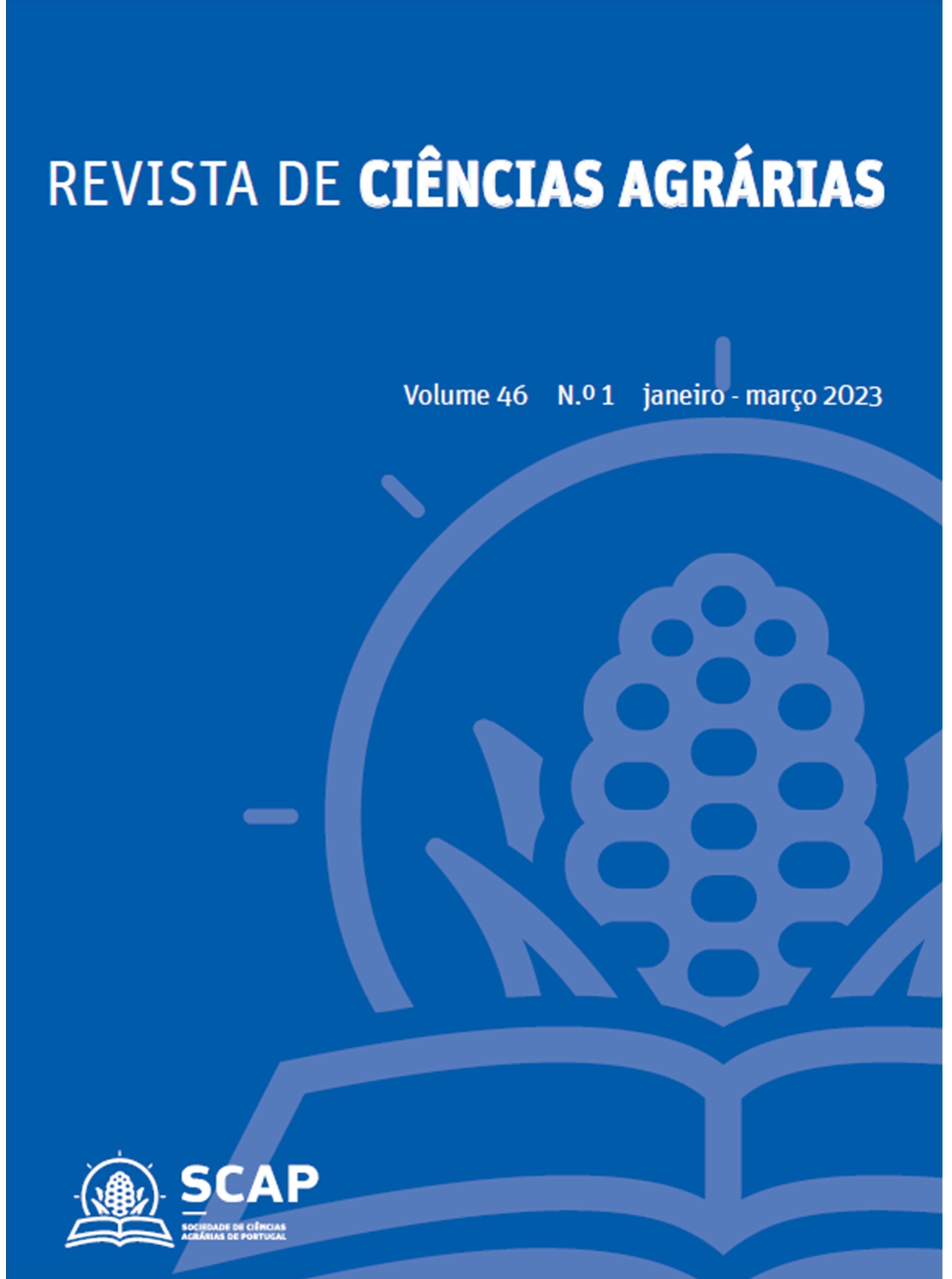Potassium fertilizer increases soil electrical conductivity and decrease productivity, photosynthetic pigments and magnesium leaf levels in sugarcane
DOI:
https://doi.org/10.19084/rca.27204Resumen
Potassium (K+) fertilization is very necessary for optimal productivity. On the other hand, the use of high doses of K+ can promote negative effects on plants and, thus, decrease sugarcane productivity. This study evaluated the application of K2O rates on proline, photosynthetic pigments (chlorophyll A, B, total and carotenoids), leaf levels of K+, sulphur (S) and magnesium (Mg), and on sugarcane productivity. A field experiment was carried out in a sand loam soil with six doses of K2O (0; 25; 50; 100; 200 and 250 kg ha-1), as potassium chloride (KCl), and one sugarcane variety (RB 992506) in the plant cane cycle. The experiment was carried out in randomized blocks design with four replications. There was linear increase in K+ and S and linear decrease in Mg leaf levels. The K2O rates 147, 128, 135 and 150 kg ha-1 promoted the highest levels of total chlorophyll, carotenoids, proline and productivity, respectively. From these rates on there were decrease in these variables. The potassium fertilization should not exceed 150 kg ha-1 K2O, as KCl, due to its negative effects on total chlorophyll, carotenoids, proline and Mg leaf levels, and on productivity.


